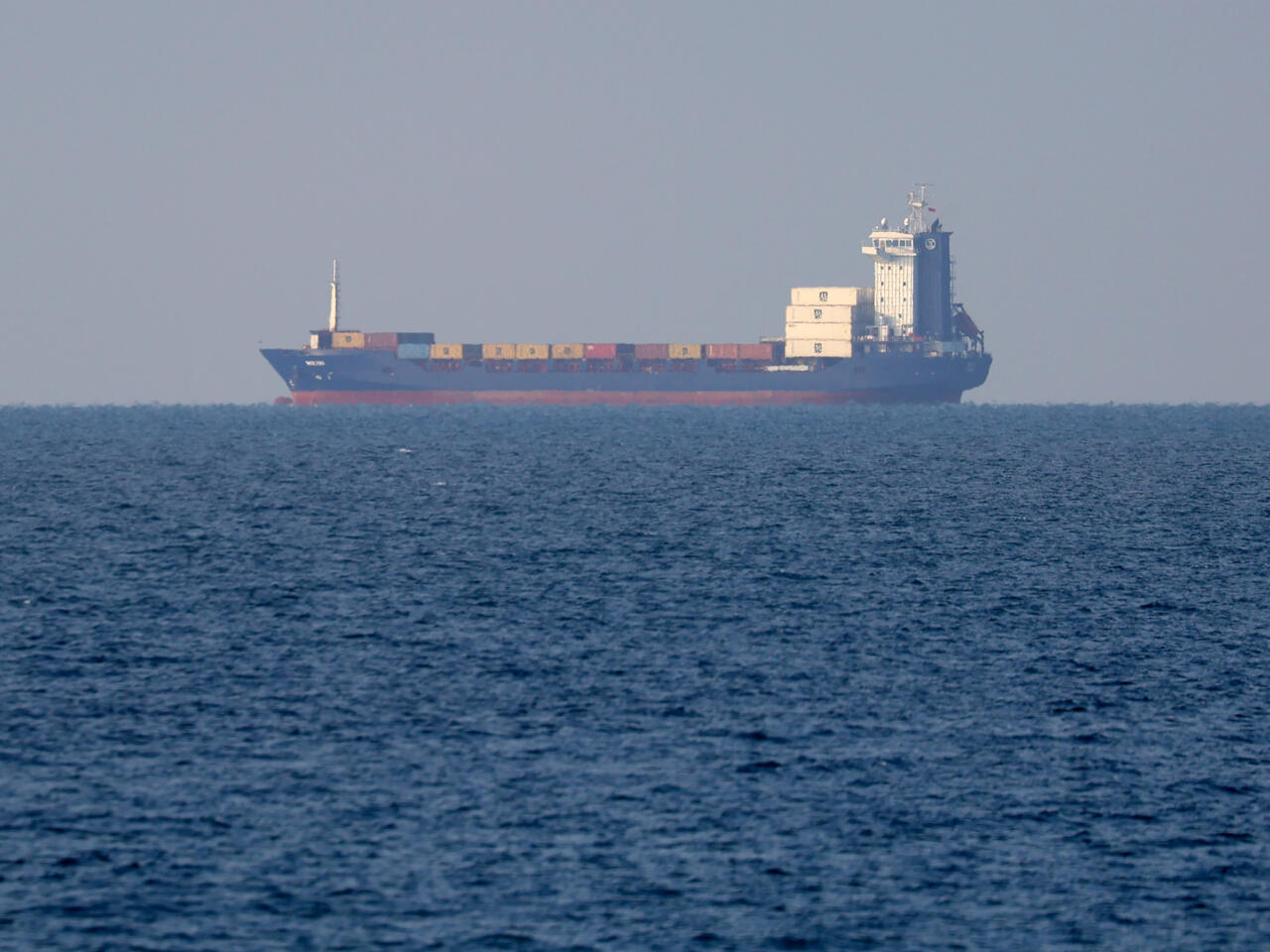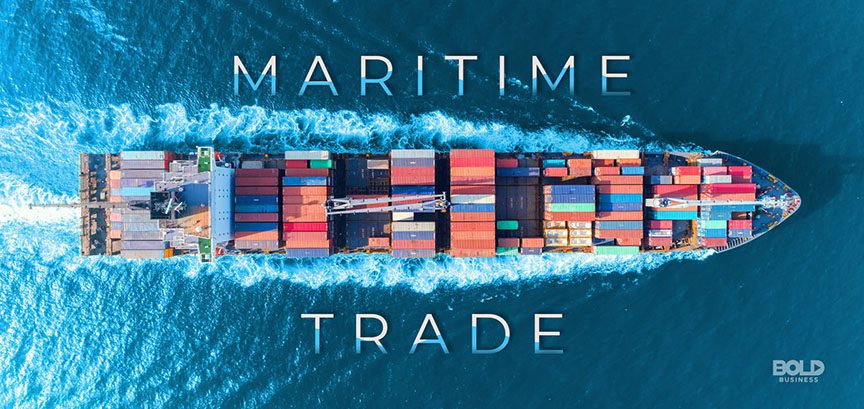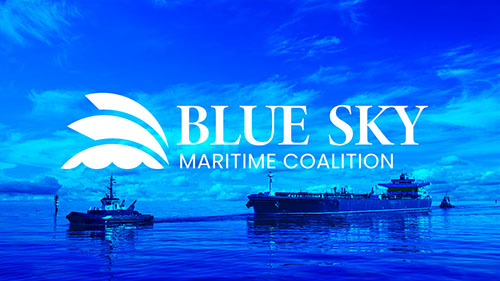1. Port and Terminal Information
1.1 Kwangyang Port (34°56’N 127°42’E) is South Korea’s second largest port by cargo volume, officially managed by Korea Ports Authority (KPA) under Ministry of Oceans and Fisheries.
1.2 Container Terminals:
– Gwangyang International Terminal (GIT): 6 berths (1,200m total quay), 16.5m max draft, 22 Post-Panamax cranes (official KPA 2024 data).
– Kwangyang Container Terminal (KCT): 4 berths (800m), 15m draft, 15 STS cranes.
– New West Container Terminal (2023): 2 berths (600m), 17m draft, automated stacking.
1.3 Bulk Terminals:
– North Port Bulk Terminal: Coal (18.5m max draft), iron ore (17m restricted draft), grain (500,000t silo capacity).
– Dedicated limestone terminal: 300m berth, 14m draft.
1.4 Liquid Terminals:
– South Port Oil Pier: VLCCs (330m LOA, 23m draft), SOPEP equipment mandatory.
– LNG Terminal: 320m berth, 14.5m draft, ISGOTT Chapter 16 compliance.
– Chemical Terminal: Class I hazardous cargo certification required.
2. Navigation and Pilotage
2.1 Pilotage requirements:
– Compulsory for vessels >500 GT (Korea Maritime Transportation Safety Act Article 24).
– Boarding positions: North Port 34°54’N 127°48’E (daylight), South Port 34°50’N 127°45’E (24/7).
– Pilot ladder compliance with SOLAS V/23.
2.2 Channel specifications:
– Main approach: 19m CD × 300m width, marked by IALA Buoyage System A.
– Turning basins: 600m diameter at container terminals, 500m at bulk terminals.
2.3 Navigation hazards:
– Yeosu Bridge clearance: 50m air draft (tide dependent).
– Currents: 3 knots max near 34°53’N 127°44’E (NOAA Chart 93002).
3. Anchorage Areas
3.1 Designated anchorages:
– No.1: 34°52’N 127°42’E (25-30m depth), holding ground good.
– No.2 Emergency: 34°55’N 127°47’E (18m), marked by yellow buoys.
3.2 Prohibited areas:
– 0.5nm exclusion zone around submarine cables (KPA Notice 2022-15).
– No anchoring in channel holding areas (KRW 10M fine).
4. Cargo Operations
4.1 Container handling:
– GIT: 30 moves/hour average, 1,200 reefer plugs.
– Hazardous cargo: IMDG Class segregation strictly enforced.
4.2 Bulk operations:
– Coal: Water spraying per Korea Air Quality Act.
– Grain: Fumigation certificates mandatory.
4.3 Tanker operations:
– Crude: Minimum 4 mooring lines fore/aft (OCIMF MEG4).
– LNG: Gas-free certificate required.
5. Safety and Regulations
5.1 PSC inspections:
– Focus: LSA, FFE, pollution prevention equipment.
– Common deficiencies: Fire damper operation, EEBD locations.
5.2 Security:
– ISPS Level 1: 24/7 gangway watch + CCTV.
– Armed guards prohibited (KCG Regulation 2021-6).
5.3 Environmental:
– 0.1% sulfur limit in ECA (MARPOL Annex VI).
– Ballast exchange: 200nm from land (Korea Marine Environment Act).
6. Weather Considerations
6.1 Typhoon procedures:
– Mooring: 8 lines minimum when wind >15m/s.
– Evacuation: >50,000 GT vessels must depart at Signal 3.
6.2 Winter operations:
– Anti-icing required below -5°C.
– Bunker heating: 20cSt minimum viscosity for IFO180.
7. Emergency Contacts
7.1 Verified contacts:
– Port Control: VHF 16/12/09.
– Korea Coast Guard: +82-61-790-3110.
– KPA Operations: +82-61-240-7114.
8. Additional Operational Notes
8.1 Crew matters:
– Shore leave restrictions during ISPS Level 2.
– Medical: Port clinic (emergency dial 119).
8.2 Services:
– Bunkering: Licensed suppliers only.
– Fresh water: 3.5kg/cm² pressure.
8.3 Documentation:
– ETA updates via KPA e-Port system.
– Original BL required before discharge.
9. Regulatory References
9.1 Legal basis:
– Korea Maritime Transportation Safety Act.
– IMO Resolution MSC.158(78).
9.2 Technical standards:
– OCIMF MEG4.
– BIMCO Standard Port Disbursements Account.
10. New Additions (2024 Updates)
10.1 Digital clearance:
– Mandatory electronic submission of pre-arrival docs via KPA-NET.
10.2 Carbon regulations:
– Required CII reporting for vessels >5,000 GT.
10.3 Security upgrades:
– Biometric crew identification at all terminals.





